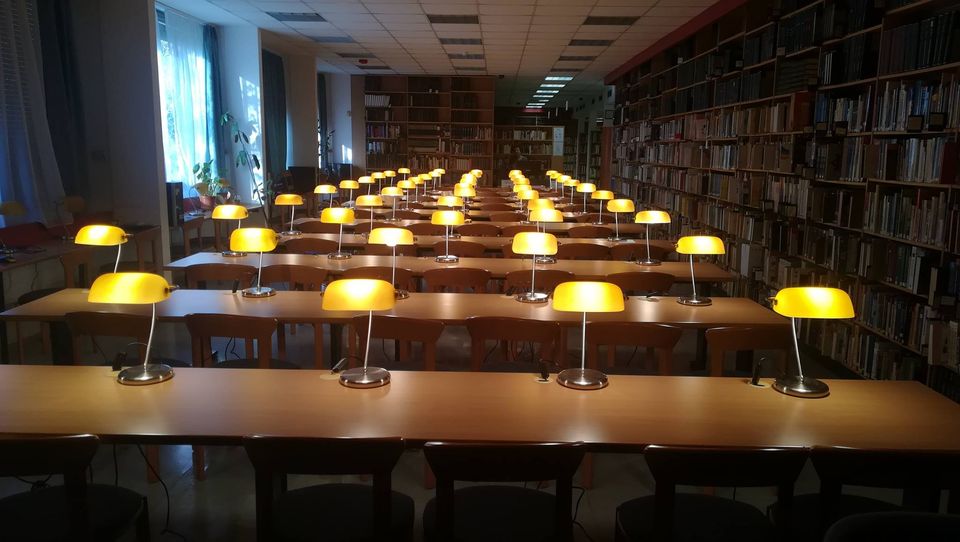
-
Bárczi Gusztáv Faculty of Special Needs Education has a long-standing history. The first special education institute in Hungary was established for deaf students in Vác. During the 19th century the national network of special education institutions gradually evolved. The unified Special Education College for Primary Teachers was established in Budapest in 1904. Already by the beginning of the 20th century Hungarian special educators had emphasized that special education support should be provided to persons with disabilities throughout their whole lifespan. In 1975, the College of Special Education adopted the name of one of its former directors, Gusztáv Bárczi (1890-1964), an otolaryngologist specialist and special educator. He elaborated the world famous procedure for countering surdomutitas corticalis. Professor Bárczi modernized the education of persons with moderate and severe mental retardation in Hungary and developed the education programme of “Barczi Haus” in Germany (1958).
Teacher training focuses mainly on preparing students for working with individuals and groups in schools and nurseries and in educational support services. In this training course there is more emphasis on teaching methods for different school subjects. The special option in therapist training was introduced in 1992. Therapists trained at the Faculty are prepared for carrying out educational responsibilities also outside the school system in social and health care services (e.g. with persons with multiple disabilities and with adults). In this section of training there is more emphasis on different methods and approaches in remedial treatment and on general and specific counselling.
There is an international exchange of teaching staff and students with nine partner institutions from three different countries with the support of the Socrates/Erasmus programme. The Faculty is seeking further partners, especially in English speaking countries. Although the language of instruction is Hungarian for Erasmus students special courses are offered in German and English.
